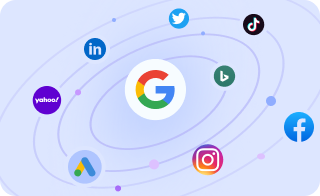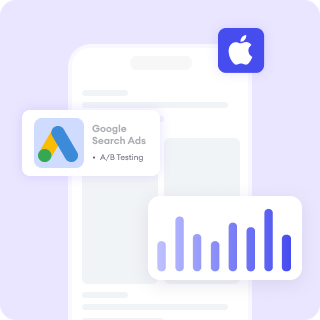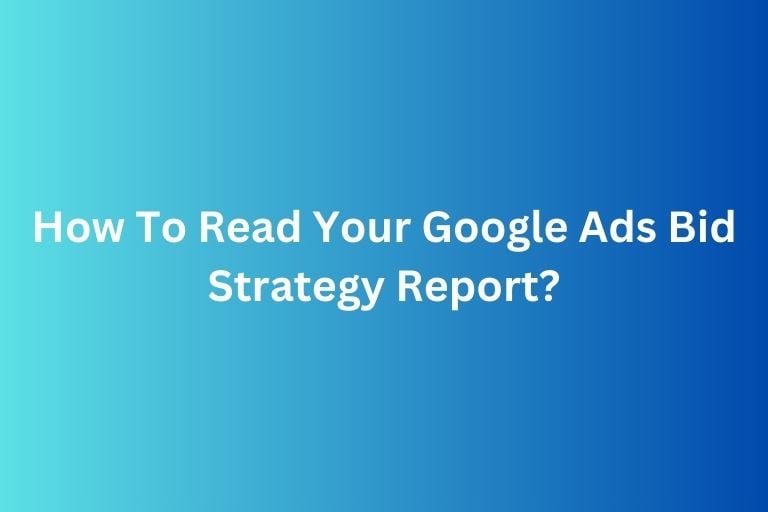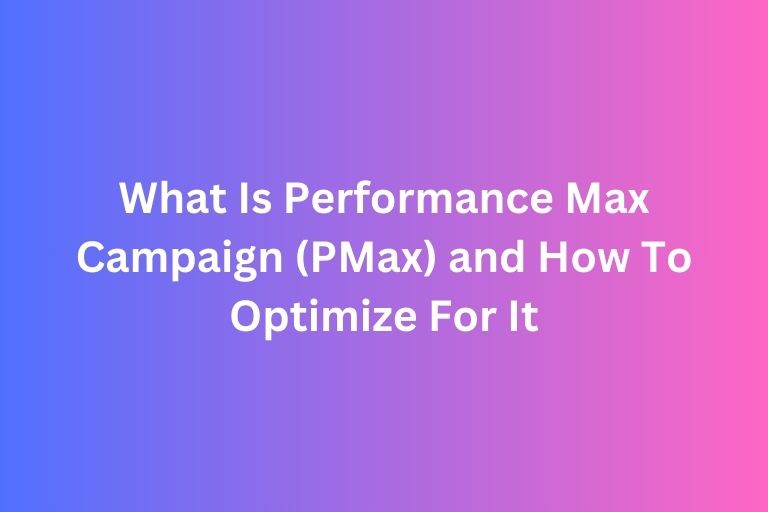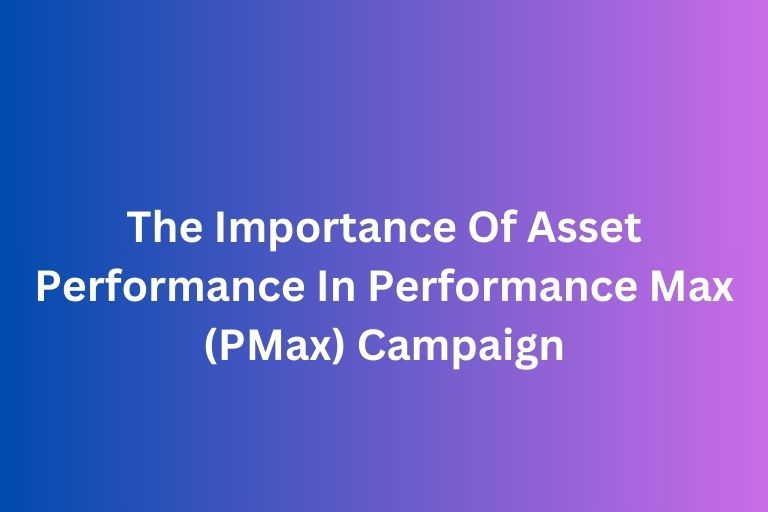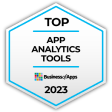Meta Ads (formerly Facebook Ads) and Google Ads are two of the most powerful and popular advertising platforms to be used. Both platforms provide advertisers with robust tools for targeting and driving traffic, but they each have their strengths, unique features, and strategies for reaching potential customers. This is why marketers and business owners need to understand the differences between Meta Ads and Google Ads to maximize the ad spend to meet their marketing goals.
In this article, let's learn what are the key differences between Meta Ads and Google Ads, such as targeting, campaign objectives, ad formats, user intent, and more.
Overview of Meta Ads and Google Ads
Before diving into the key differences, let's quickly summarize each platform:
What Is Meta Ads? (formerly Facebook Ads)
Meta Ads refers to the advertising platform offered by Meta (previously Facebook), which encompasses Facebook, Instagram, Messenger, and the Audience Network. Meta Ads provides powerful targeting capabilities based on user demographics, interests, behaviors, and more. It allows businesses to run ads that appear in users' social media feeds, stories, and other places within Meta's ecosystem.
Learn more: What Is Meta Ads / Facebook Ads?
What Is Google Ads?
Google Ads is Google's advertising platform that allows businesses to run ads across Google Search, Google Display Network, YouTube, and other Google-affiliated properties. Google Ads is primarily focused on targeting users based on search intent, making it a great platform for reaching people actively looking for solutions or products. Google Ads includes search ads, display ads, video ads, shopping ads, and more.
Learn more: What Is Google Ads?
Key Differences Between Meta Ads and Google Ads
1. Ad Targeting and User Intent
One of the most significant differences between Meta Ads and Google Ads lies in user intent and how each platform targets users.
Meta Ads is primarily focused on interest-based targeting. Users on Meta platforms like Facebook and Instagram are not necessarily searching for a product or service, but instead are browsing social media for entertainment, connection, and content consumption. Meta allows advertisers to target users based on demographics, interests, behaviors, and even life events (e.g., getting married, buying a house, etc.).
This means Meta Ads is effective at creating awareness and generating interest among users who might not be actively searching for your product or service but may find it relevant or interesting.
Google Ads, on the other hand, targets users based on search intent. When a user types a query into Google Search, they are actively seeking information, solutions, or products. Google Ads allows advertisers to show ads in response to specific keywords that align with what users are searching for.
This intent-driven approach makes Google Ads incredibly effective for capturing high-intent leads who are already in the decision-making process and looking to take action.
2. Ad Formats
Both platforms offer a variety of ad formats, but they differ significantly in how ads are displayed and the types of formats available.
Meta Ads offer a range of visual and interactive ad formats designed to fit seamlessly within the social media experience: Image and Video Ads: These ads appear in users’ feeds, stories, and other places. They are highly visual and can be in a variety of formats, including carousel (multiple images), single image, or video ads.
- Lead Generation Ads: Meta allows advertisers to create ads that prompt users to fill out a form directly within the platform. These are ideal for collecting contact information and generating leads.
- Collection Ads: These ads allow businesses to showcase multiple products in a visual format, with the ability for users to explore further.
- Sponsored Posts: These are ads designed to look like regular posts, making them feel more natural within the platform’s experience.
Google Ads also offers a diverse range of ad formats, but they tend to be more focused on text and search-based formats: Search Ads: These are text ads that appear on the search engine results page (SERP) when users search for relevant keywords.
- Display Ads: These are visual banner ads that appear on websites that are part of Google’s Display Network. They can include static or animated graphics.
- Video Ads: Google Ads provides video ads that run on YouTube and Google’s video network, allowing you to target specific videos or channels.
- Shopping Ads: These are product-based ads that show up in Google Search results and show users product images, prices, and store information.
3. Advertising Objectives
Both Meta Ads and Google Ads offer a range of campaign objectives, but the nature of these objectives and how they align with the platforms' core strengths varies.
Meta Ads tends to excel in awareness-building and engagement campaigns. Since the platform is designed for social interaction, it is particularly effective for objectives such as:
- Brand Awareness: Getting your brand in front of a large, relevant audience.
- Lead Generation: Using forms or other techniques to capture user information for future marketing efforts.
- Engagement: Encouraging users to interact with your content, whether it’s liking, commenting, or sharing posts.
- Conversions: Driving users to take actions such as making a purchase, signing up for a newsletter, or installing an app.
Google Ads, with its search-driven model, tends to be more focused on direct response and conversions. It’s especially powerful for objectives such as:
- Search Campaigns: Capturing high-intent leads who are actively searching for a product or service.
- Product Sales: Driving e-commerce purchases through Google Shopping ads or search campaigns.
- Lead Generation: Using search ads or display ads to collect leads from people actively looking for solutions.
- Website Traffic: Driving users to your site based on specific queries or interests.
4. Cost Structure and Bidding Strategies
Both platforms use a pay-per-click (PPC) model, but the way bids and costs are structured differs slightly due to the nature of each platform.
Meta Ads operates on an auction system where advertisers bid on audience segments. The cost-per-click (CPC) or cost-per-impression (CPM) can vary based on targeting specifics, ad quality, and competition within the platform. Meta Ads tend to be more affordable in some cases, particularly for awareness and engagement campaigns, as the platform offers a wide range of targeting options and is often less competitive than Google’s search network.
Learn more: Understanding CPM: Definition, Importance, and Optimization Strategies For Ads
Learn more: Understanding CPC: Definition, Importance, and Optimization Strategies For Ads
Google Ads also uses an auction-based system but is generally more focused on keyword bids for search ads. Keywords with high competition and strong search intent (e.g., “buy shoes online”) tend to have a higher CPC. Display ads often have a lower CPC, but costs can still be significant, depending on your targeting options and industry. Google’s costs tend to be higher for competitive industries but can provide a higher return on investment for businesses targeting users with high purchase intent.
5. Analytics and Reporting
Both Meta Ads and Google Ads offer robust analytics and reporting features, but their approaches differ in terms of metrics and ease of use.
Meta Ads provides detailed analytics around user engagement, such as clicks, impressions, reach, and more. It also tracks social interactions like likes, shares, and comments, providing insight into how users are engaging with your brand in a social context. However, because Meta’s targeting is more broad-based, attribution and measuring direct conversions can sometimes be more complex.
Google Ads excels at conversion tracking because users are actively searching for solutions. Google provides clear insights into metrics such as clicks, conversions, cost-per-conversion, and return on ad spend (ROAS). It’s easier to connect the dots between the user’s intent (through search queries) and the desired action (like a sale or lead).
Learn more: How To Set Up Conversion Tracking For Paid Ads
Which Ad Platform Is Right for You?
Both Meta Ads and Google Ads offer significant advantages depending on your marketing goals. Here’s a quick summary of when to use each:
- Meta Ads are ideal for:
- Creating brand awareness and engaging with users in a social context.
- Targeting users based on interests, behaviors, and demographics.
- Running visually-driven campaigns that focus on building a connection with potential customers.
- Google Ads is ideal for:
- Capturing high-intent leads who are actively searching for your products or services.
- Running campaigns focused on direct response, conversions, and measurable ROI.
- Reaching users through search, display, and video ads with intent-based targeting.
In many cases, businesses benefit from leveraging both platforms together — Meta Ads for awareness and engagement, and Google Ads for capturing high-intent leads and driving conversions. By understanding the unique strengths of each, you can create a more well-rounded and effective digital marketing strategy.
Improve your Ads performance with FoxAdvert!
If you are looking forward on how to improve your paid ads and ad campaign performance, our professional team of experts at FoxAdvert can help you. Contact us today to start your journey 😊


